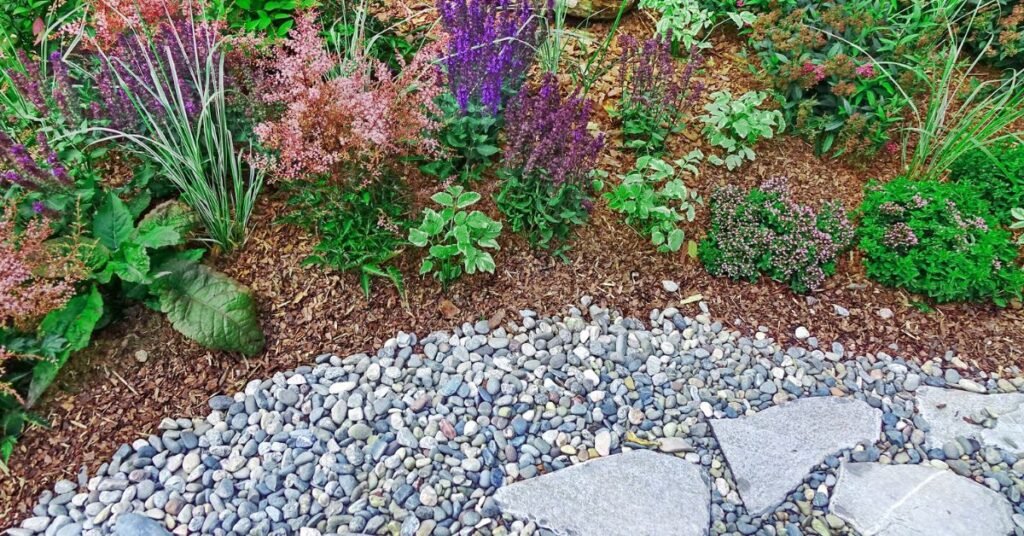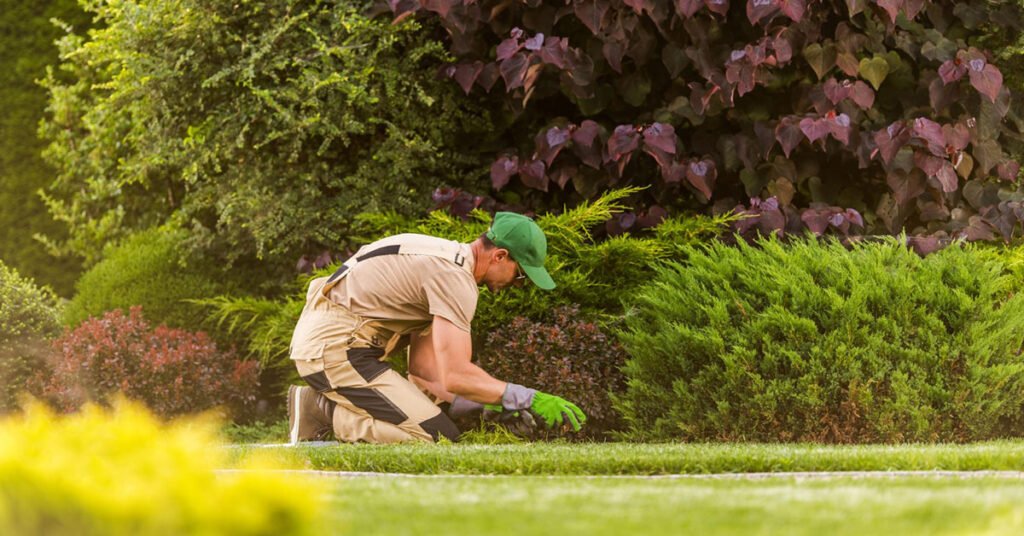River rocks, known for their natural beauty and versatility, are commonly used in landscaping to enhance outdoor spaces. Whether you’re designing a garden, pathway, or water feature, understanding the benefits and considerations of using river rock can help you make informed decisions for your landscaping projects. In this guide, we’ll explore the advantages, applications, and practical considerations of using river rock in landscaping.
1. Advantages of Using River Rock
Natural Aesthetic Appeal:
- River rocks come in various sizes, shapes, and colors, offering a natural and visually appealing element to landscapes.
- Their smooth texture and rounded edges create a polished look that complements different garden designs.
Low Maintenance:
- Unlike organic mulches, river rocks do not decompose or require frequent replacement, making them a low-maintenance landscaping option.
- They help suppress weed growth and retain soil moisture, reducing the need for excessive watering and weeding.
Versatility:
- River rocks can be used in multiple landscaping applications, including ground cover, borders, dry river beds, and decorative features around ponds or pools.
- They provide effective erosion control along slopes and water features, enhancing landscape stability.
2. Practical Applications in Landscaping
Ground Cover:
- Spread river rocks evenly over garden beds or bare soil to create a uniform ground cover that enhances soil insulation and moisture retention.
- Use a geotextile fabric underneath to prevent weeds from penetrating and to stabilize the rocks.
Decorative Features:
- Arrange river rocks strategically around landscape elements such as trees, shrubs, or statues to create focal points and enhance visual interest.
- Incorporate river rocks into Japanese rock gardens or Zen-inspired landscapes for a tranquil and minimalist aesthetic.
Water Features:
- Line ponds, streams, or waterfalls with river rocks to create a natural-looking border that blends seamlessly with aquatic environments.
- Use river rocks in dry river beds or swales to manage stormwater runoff and enhance drainage systems.
3. Considerations for Using River Rock
Cost and Availability:
- Evaluate the cost of sourcing and transporting river rocks based on the quantity and size required for your landscaping project.
- Consider local availability and suppliers offering a variety of river rock options to match your design preferences.
Installation and Maintenance:
- Prepare the ground adequately before laying river rocks to ensure even distribution and long-term stability.
- Periodically inspect and rearrange river rocks as needed to maintain their appearance and functionality over time.
Read More: How to Edge Landscape Beds
Conclusion
River rocks offer a range of benefits that make them a popular choice for landscaping projects, from enhancing aesthetic appeal to providing practical solutions for weed control and erosion prevention. By understanding their advantages, applications, and considerations, landscapers can effectively incorporate river rocks into diverse landscape designs, creating visually stunning and sustainable outdoor environments.



